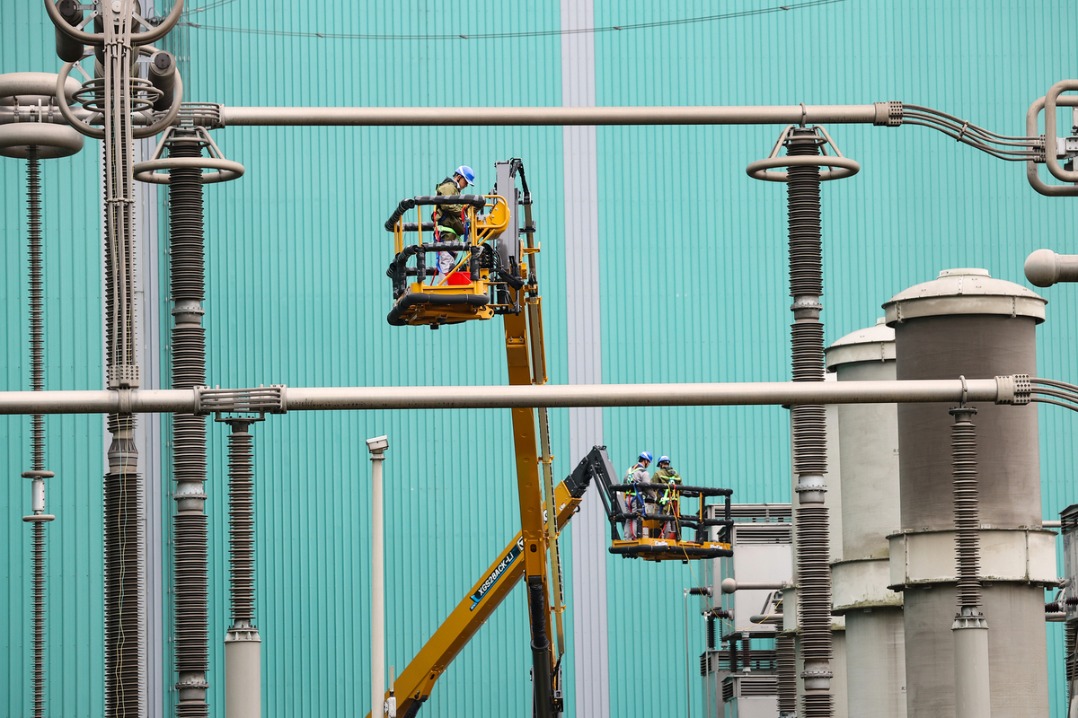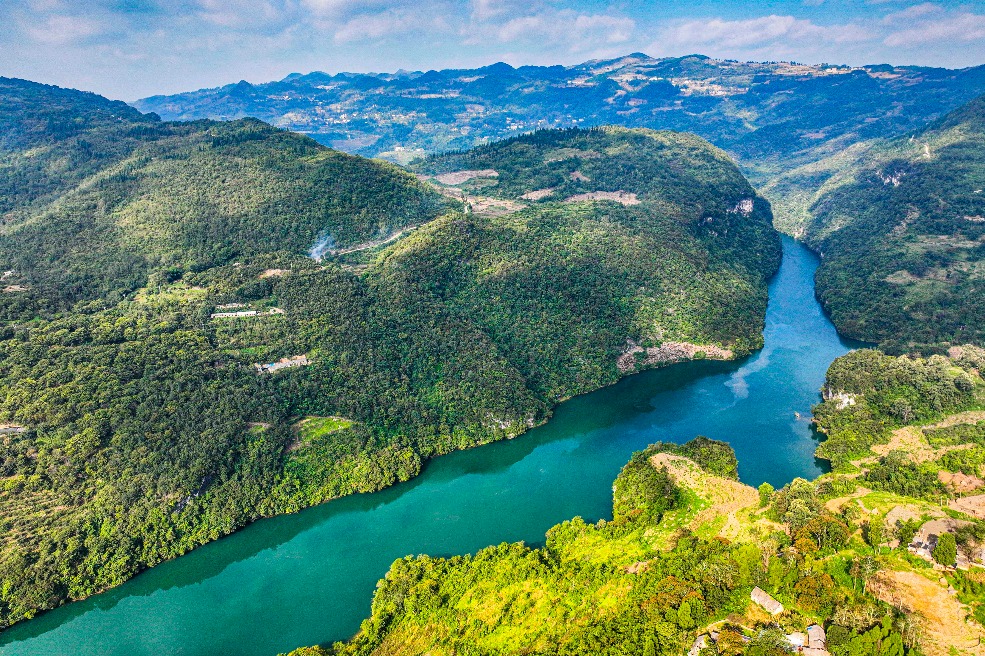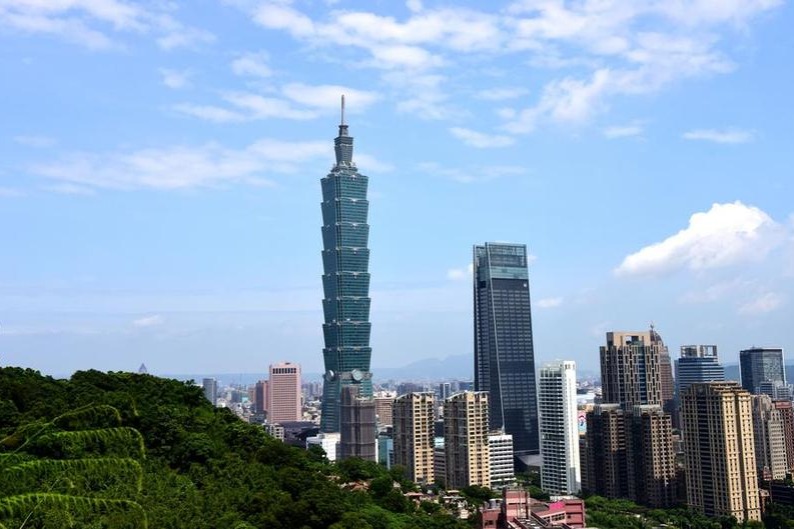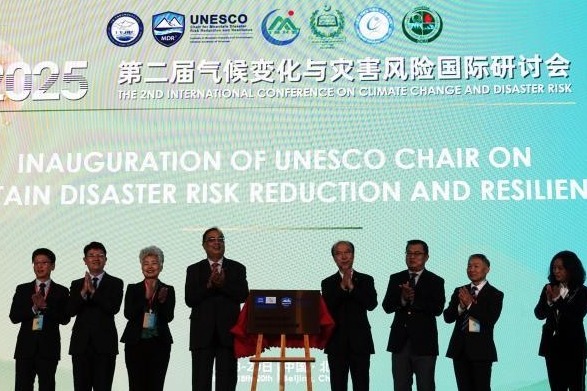Doctor helps people breathe easier at high elevations

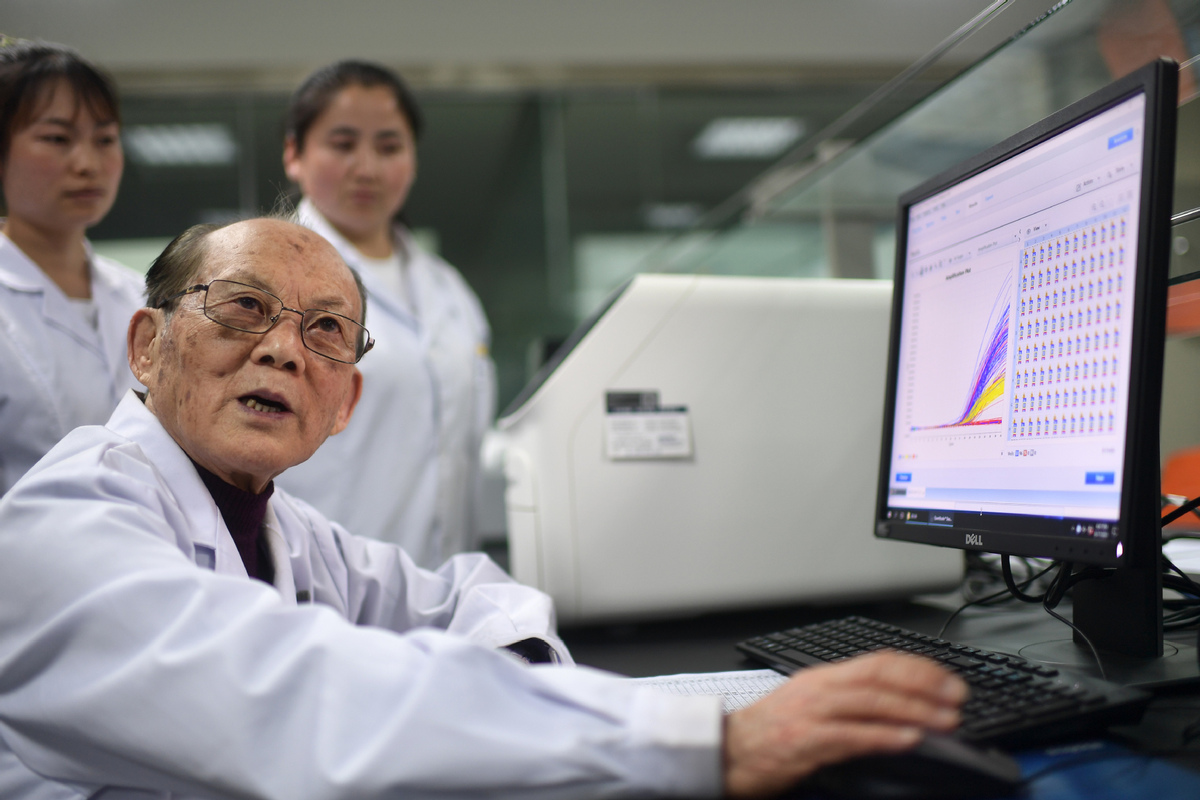
When he noticed that altitude sickness was also common among border soldiers and other migrants who came to take part in the region's economic development, he decided to look for a solution.
"To develop the region, you first had to solve the problem of adaptation to the high altitude," he said.
For decades, Wu spent his time observing and surveying the local population. His hard work paid off.
During construction of the Qinghai-Tibet Railway, the world's highest railway, in the early 2000s, Wu and his team devised a protection-and-first-aid protocol that allowed all 140,000 workers to avoid suffering the effects of acute altitude sickness.
Liu Fengyun, deputy director of the central laboratory of the Qinghai Province Cardiovascular and Cerebrovascular Disease Specialist Hospital, said no casualty during the construction was a "miracle".
- Guquan converter station undergoes 7-day annual overhaul in Anhui
- China launches new magnetic resonance platform to support BCI technology
- HKSAR's 7th LegCo surpasses predecessor with 49 extra bills pass
- Xinjiang's snowy landscapes a hit with visitors
- China's State Council appoints, removes officials
- CityFly takes off as China's newest travel trend in low-altitude tourism
















